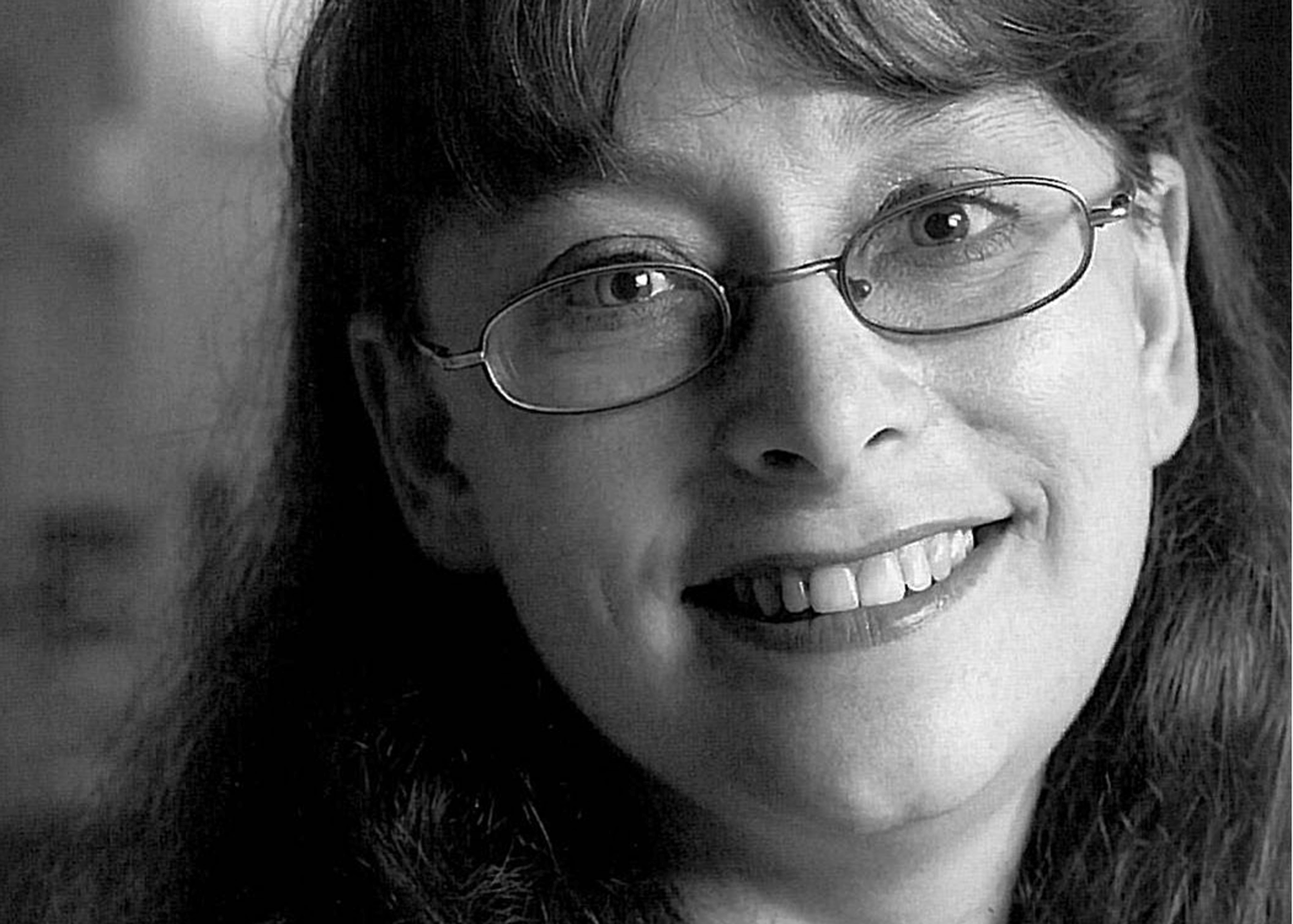
WSLA Insights is a special section in each issue of gb&d magazine where alums from the Women in Sustainability Leadership Award share their guidance and leadership experience.
How does your firm stack up when it comes to these characteristics of success?
Many green building articles are about technologies, design strategies, and the sexy innovations of both. My personal obsession is to focus on how organizations evolve a culture of innovation so the best technologies and strategies are deployed consistently across a firm’s portfolio. To put it simply, I focus more on the “how” and less on the “what.”
When you think of sustainability, you think solar panels, green roofs, cork flooring, bamboo—high-tech clean energy and low tech, clean and regenerative products—but experts know 90% of true sustainability lies in the decision-making that achieves optimized building systems integration. Rating systems have gotten practitioners thinking about specific criteria, but they haven’t succeeded in influencing the culture of design firms or the methodology for project delivery that allows innovation and integration to happen consistently. Architecture 2030 and the AIA 2030 Commitment have been the catalysts challenging firms to think about how, as organizations, they need to shift culture and practice to align with the outcomes of a healthy, net positive future.
My passion lies at the intersection of technology, systems, process, and culture. My background in architecture and social psychology gives me a unique perspective engaging the human dynamics of decision-making and creative collaboration in technical work. This focus feels especially timely now that we understand that the answer is not technology, but practice—and the only way we can truly achieve sustainability goals is to transform professional practice.
Many “green” firms have achieved “random acts of sustainability.” They have exemplary projects in their portfolio and awards, but the bulk of their work doesn’t replicate those successes. The ability to achieve these best practices is not yet in the DNA of the firm or its project delivery methodology. Since 1998, my focus has been on figuring out what the ingredients are to transform traditional practice to one that can truly deliver consistent, high-quality sustainability services. Over the past two decades, we have developed frameworks and methodologies that have helped many firms achieve this transformation. One of the most important actions a firm can take is to focus on its delivery process and “re-design” it to align with sustainability goals. This exercise gives firms a chance to deconstruct what they do on a daily basis, understand the barriers, and re-engineer solutions that improve the value of their work.
From working with hundreds of firms over the last 19 years, we’ve developed the SMARTsustainability™ Framework, which outlines the characteristics of success. The five categories of that framework are below. How does your firm stack up?
1. Leadership, strategy, and culture.
Does your firm have a leadership commitment to sustainability, a vision, and goals that translate the vision into actions, expectations, and accountability? Have you developed an effective change management plan that creates buy-in?
2. Collaboration and teamwork.
Has your firm articulated expectations for consultants? Is your project delivery process aligned with your performance goals, and are your consultants engaged appropriately? Do you build teams and learn from your experiences?
3. Project delivery.
Have you developed a firm-specific project delivery methodology? Does everyone have a shared understanding of how you consistently achieve excellence? Is every project driven by clear performance goals and (internally driven) best practices? Is your delivery methodology supported by QA/QC? Are team leaders accountable for performance? Are the right tools and analysis used at the right time?
4. Infrastructure & support systems.
Are project-specific activities supported by organizational resources and management? Are HR, marketing, professional development, new employee onboarding, knowledge management, office operations, IT, and communications aligned with sustainability goals to support desired outcomes? Is the firm’s culture aligned with goals through these organizational elements?
5. Impacts & outcomes.
Does the firm measure and track portfolio-wide performance and learn from the data to continuously improve project outcomes? Does your firm “walk the talk” and behave consistently with sustainability goals? Does the firm engage with social impacts to make a positive impact?
Read more from past WSLA alums here.

Barbra Batshalom is the executive director of the Sustainable Performance Institute. She is a social entrepreneur, educator, and change agent working with a variety of organizations to help them institutionalize sustainability and achieve measurable improvements in performance and profitability. With a diverse background of fine arts, social psychology, and 20-plus years in architecture and sustainability consulting, she brings a variety of skills to her work and a unique perspective engaging the human dynamics of decision-making and creative collaboration to technical work.

